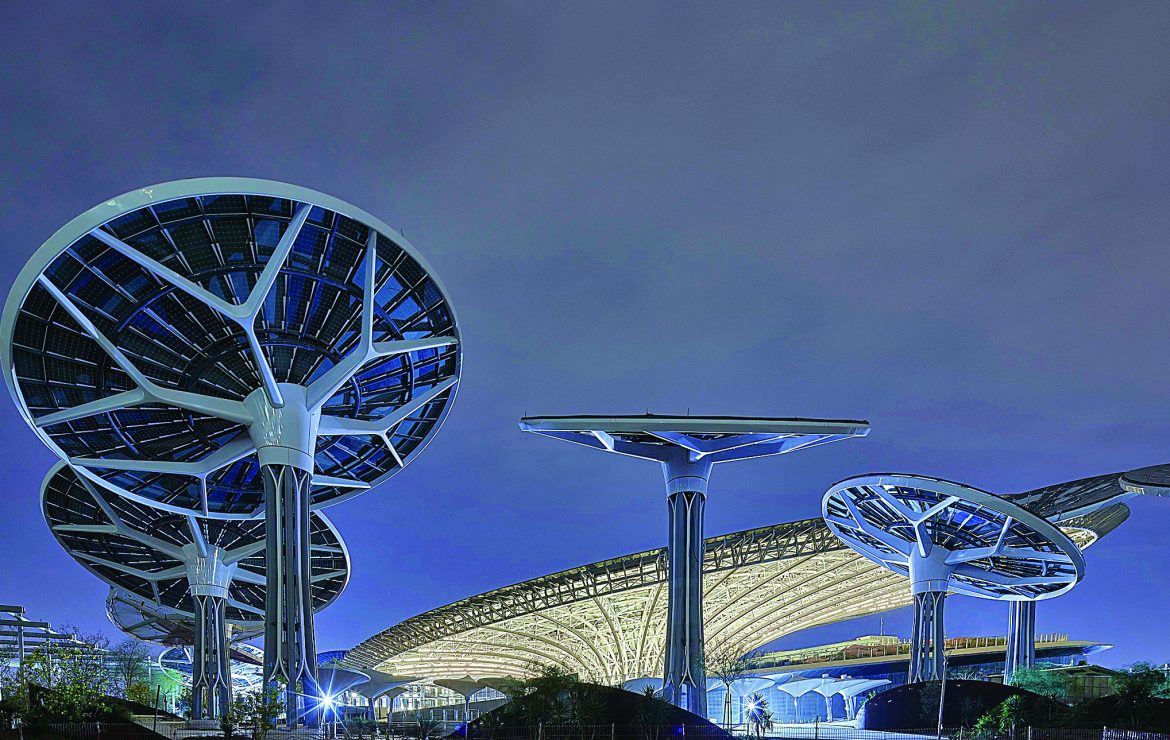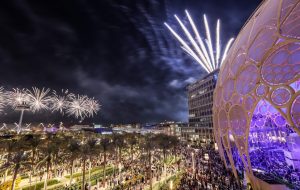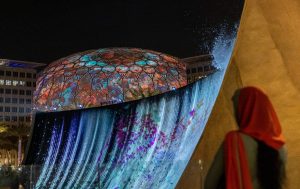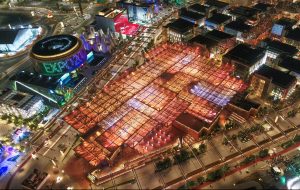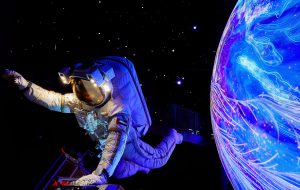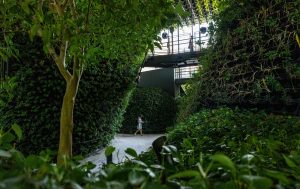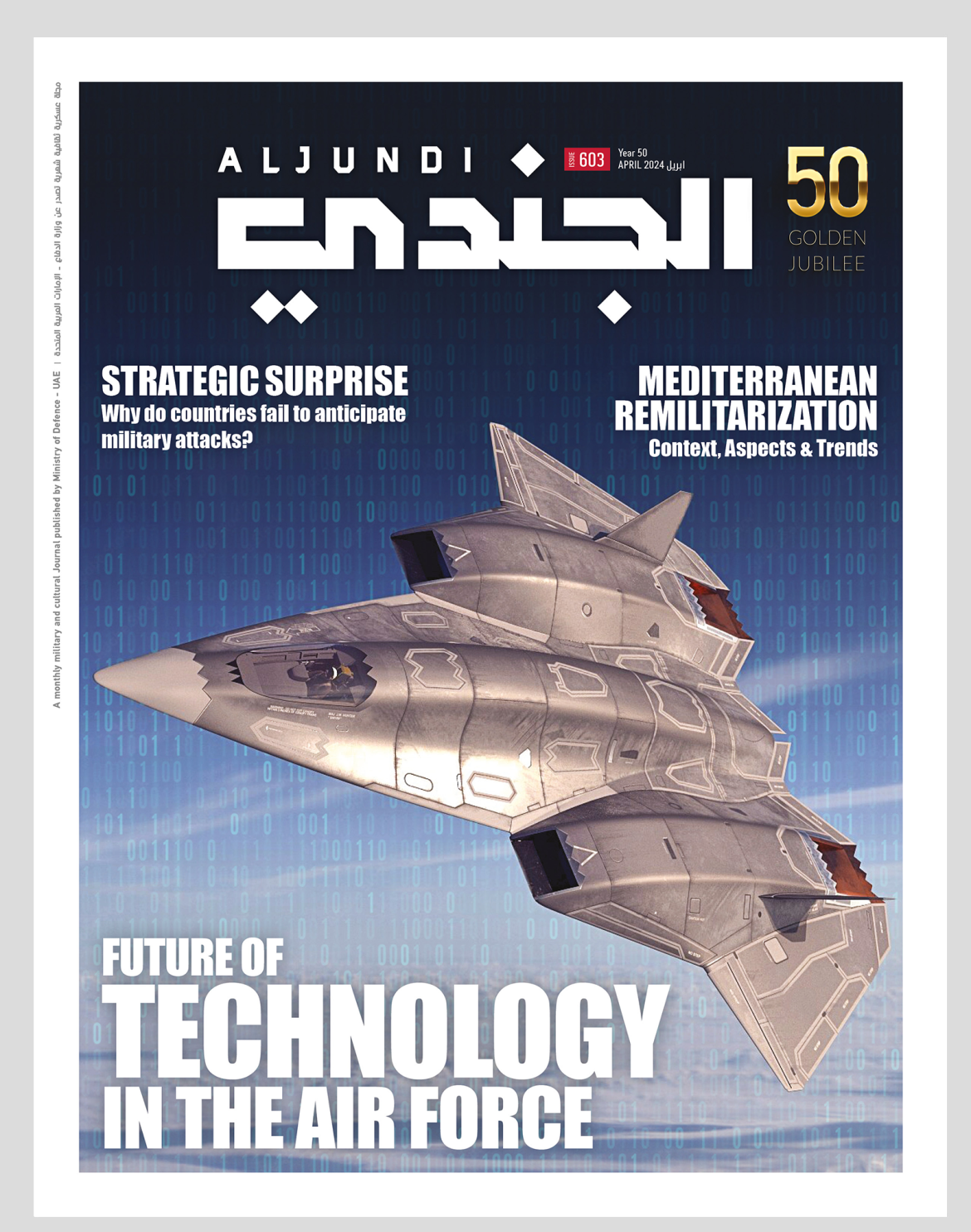The Sustainability Pavilion at Expo 2020 Dubai, which bears the name “Terra”, meaning Earth in Latin, is a global icon of sustainability, and is part of the event’s three main theme pavilions, along with opportunity and mobility Sustainability is central to Expo Dubai as one of the main themes it focuses on, as the international event, throughout its six-month period, will be a platform for making change, sharing solutions, and exploring new ideas that encourage the world to work together to protect the planet.
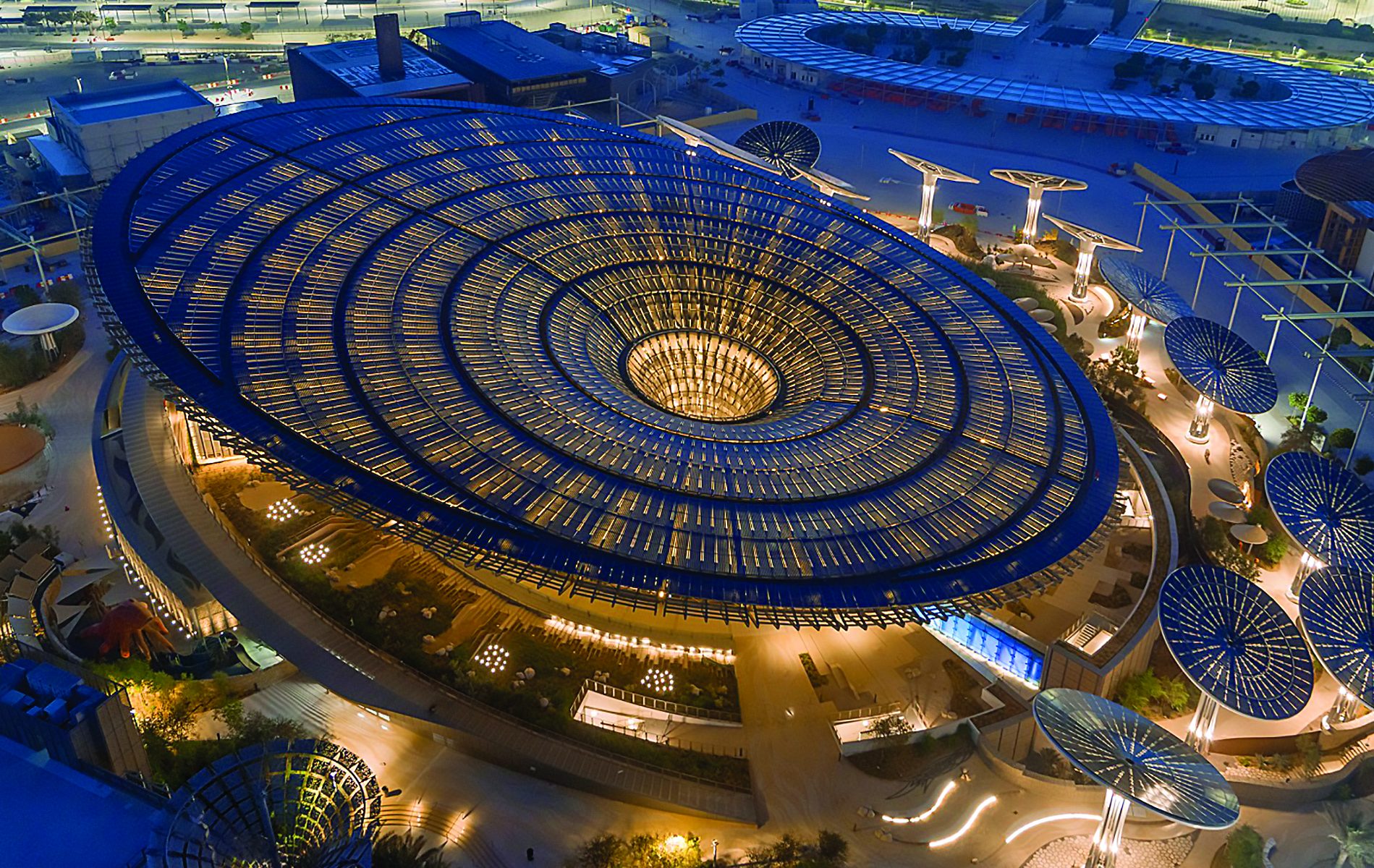
The theme of sustainability in Expo 2020 addresses the environmental, economic and social dimensions of the places we live in, and seeks to have a positive environmental impact at the local, regional and global levels.
The concept of sustainability
The pavilion reflects the commitment of the UAE and Expo 2020 to the concept of sustainability, to be a catalyst for positive change worldwide, and the pavilion also highlights the urgent need to address the negative environmental impacts caused by human behavior to a large extent, through an enjoyable, fun and personal experience specially designed to empower visitors, especially Children, who understand their impact on the environment, break the cycle of consumer behavior, and thus motivate them to become advocates for change.
The pavilion also represented an example for sustainable architectural design, and it will be part of the legacy that Expo 2020 will leave after its activities, as it will turn into a science center, which will inspire sustainable choices for future generations. Those responsible for the Sustainability Pavilion are looking forward to becoming a legacy building that generates 100 percent of its own energy and water needs.
Pavilion design
The pavilion was designed by Grimshaw Architects, to be in conformity with green building standards, which are awarded the Platinum LEED certification for leadership in energy and environmental design.
The dynamic shape of the pavilion is inspired by natural processes, such as photosynthesis, which serves its function, as it draws energy from sunlight and harvests fresh water from the moisture in the air.
The energy will produce photovoltaic panels to the highest specifications, including 1,055 panels arranged on the 130-meter-wide roof canopy as well as the highest series of energy trees dotted within the landscape.
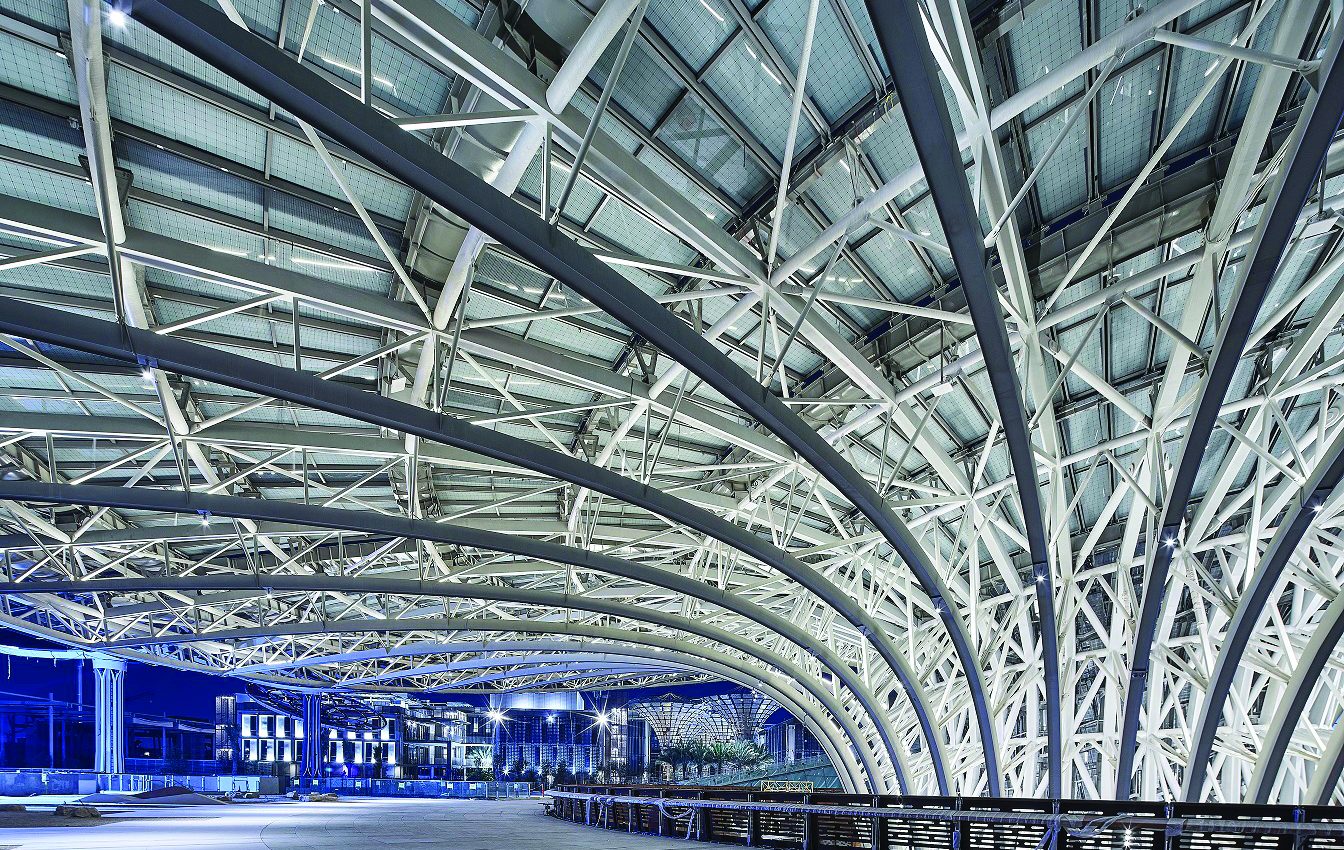
The Sustainability Pavilion canopy draws inspiration from the Ghaf tree, which symbolizes the entire pavilion experience. The Ghaf tree only grows in drier climates, needs very little water to survive, and has the ability to thrive in desert environments.
The design of the roof follows the principles of nature, to include the largest possible area of solar panels and facilitate the cleaning process. These energy trees surround the building, to cover the outdoor spaces with shade, and will follow the path of the sun to generate the most energy possible.
In total, the building’s technology will generate four gigawatt hours of electricity annually, which is sufficient to drive an electric Nissan LEAF a distance equivalent to half the distance that separates us from Mars.
By extending most of the underground space and fortifying them with thick walls and insulating them with minimal glaze, additional energy, savings are possible. Meanwhile, the solar roof acts as a giant canopy to reduce the thermal effect of the sun. The pavilion canopy, designed in the shape of a funnel that narrows in the direction downward, will allow air to flow in a way that provides natural ventilation for the pavilion patio, as well as it will allow the infiltration of ambient light, which contributes to reducing energy requirements.
The Sustainability Pavilion is designed to be self-sufficient in energy and water, through the use of water consumption reduction strategies, water recycling and alternative water sources.
The condensed water is collected from the air treatment system, then purified, purified, and mixed with water of medium salinity located near the surface, which is subjected to desalination on site to supply the pavilion with potable water. The higher the air temperature outside and the more visitors to the pavilion, the higher the quantities of condensed water for use inside the pavilion accordingly. Slurries also aid in the natural purification of water.

In the pavilion area, there is also an advanced technology called “water tree”, which uses an innovative organic mineral structure, and it can extract water from the humidity of the atmosphere, and the sponge absorbs water and works entirely on solar energy.
The Sustainability Pavilion and the surrounding lands cover about 25,000 square meters, and this area has been equipped with innovative irrigation technologies, including a gray-water recycling system, and local plants to reduce water consumption by 75 percent.
Based on the rich biodiversity of the region, and the impressive ways in which nature has adapted to the harsh climate and challenging conditions, the pavilion gardens offer new crops being developed for dry climates that can contribute to the region’s food security in the future.
The floors of the pavilion are designed to be bee-friendly, as the bees that were transported from the Expo 2020 Dubai site during the construction of the site and placed in a hive at the site will be resettled after the conclusion of the international event.
The experience in the Sustainability Pavilion is among the most distinctive experiences at Expo Dubai, and will take millions of visitors on an immersive journey through the wonders of nature, and inspire them to build a better and more sustainable future.
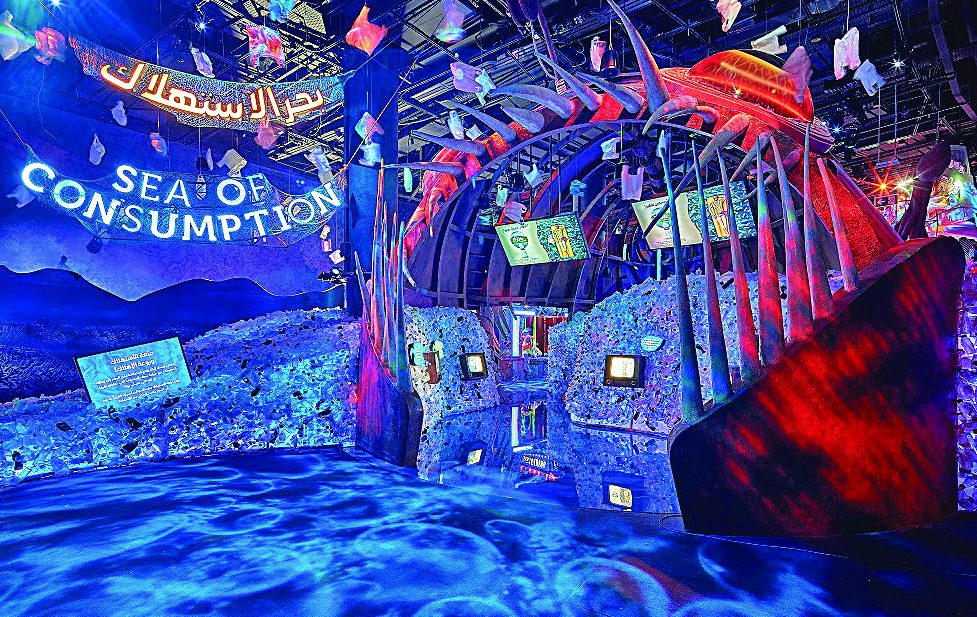
The sustainability pavilion tells its visitors the story of humans’ relationship with nature, and at the same time addresses the negative environmental impact that is largely caused by human behavior, in order to help visitors, and the rising generation in particular, to understand their impact on the environment, break the cycle of consumer behavior, and then motivate them to become advocates of change.
The Sustainability Pavilion covers an area of 6,300 square meters, can accommodate 4,400 people per hour, and each visit takes about 45 minutes.
During the Expo 2020 period, the pavilion will also host entertainment and educational events, such as scientific and cultural performances that simulate the theme of sustainability.
After the Expo
After the end of Expo 2020 activities, the sustainability pavilion will continue to inspire future generations and will be a model for sustainable designs, with the building becoming a science center in District 2020, which is the new city that will be established on the Expo site after the conclusion of its activities.
The Sustainability Pavilion is full of exciting interactive experiences for visitors, including a tour through time in the Arabian Valley, where huge cheetahs and elephants used to live and wander, in addition to giant models inspired by well-known games in theme parks explaining sustainability issues and concepts, including a giant balance maze that requires visitors Collaborate to bring balance to planet Earth, and visitors also have an interactive tour through the roots of the jungle, where every step will affect the spiderweb, an amazing tangle of roots and fungi that allows trees to communicate and share resources.
The pavilion (Sustainability Pavilion) takes its visitors on an exploratory tour “in the depths of the ocean” to explore its hidden beauty and secrets, as well as a trip in the consumption halls, revealing the extent of the damage resulting from our choices, and it also gives the visitor the opportunity to meet with “Nasher”, a giant consumption machine that shows how natural resources are destroyed. In addition to meeting with a giant fish from the depths of the sea, its apparatus was disrupted and blocked by plastic waste. During the visit, visitors will be briefed on a series of “Do you prefer?” to urge visitors to think about the direct impact of human behavior on our planet, as for the Future Values Lab, it is a space for optimism that offers solutions to the challenges, issues and concerns that we face at the level of the environment that were raised by the visitor during his tour. The pavilion will ask its visitors to make a personal pledge to support positive change. This pledge might be as simple as cutting back on food waste or not using single-use plastic.
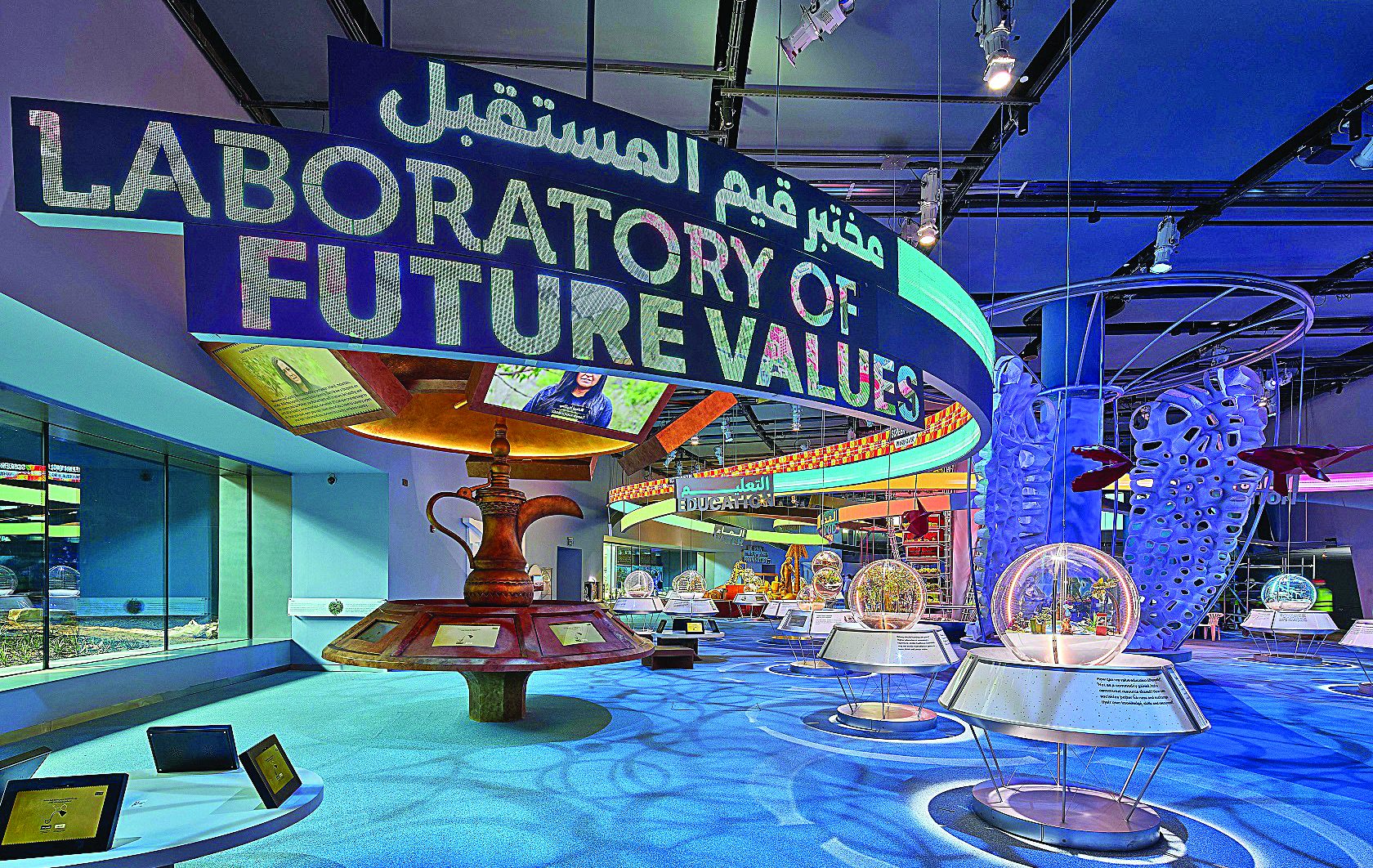
The content of the sustainability pavilion has been prepared in cooperation with the American “Think Design” company and the “Eden” project in the United Kingdom, and the “Think Design” company is working to initiate constructive discussions centered on the world in which we live. By designing diverse exhibitions and landmarks, such as art museums, science centers, fish tanks, zoos, and unique experiences, the company’s goal is to change the way people think about the world and each other.
As for the “Eden” project, it is an educational charitable institution that seeks to achieve communication between humans and the world of living creatures, and explores the mechanism of action that we can follow to achieve a better future. Its visitor destination lies in a colossal crater in the UK province of Cornwall. Here, the huge living units, which include the largest rainforest far from their original habitat, dazzling plants, exhibitions, and stories, provide a backdrop to the magnificent contemporary gardens, as well as to summer concerts and exciting family events held throughout the year.
Local landscape architects from Desert Inc. contributed to the design of the spaces for the Sustainability Pavilion. Since 2015, this UAE-based landscape architecture firm has worked on some of the most spectacular projects in the region. From sustainable eco-friendly hotels, to desert parks and urban squares, the vision for design suited to the regional conditions for which Desert Ink is known is consistently leading and ecologically sustainable.
By: Bashar Akram


